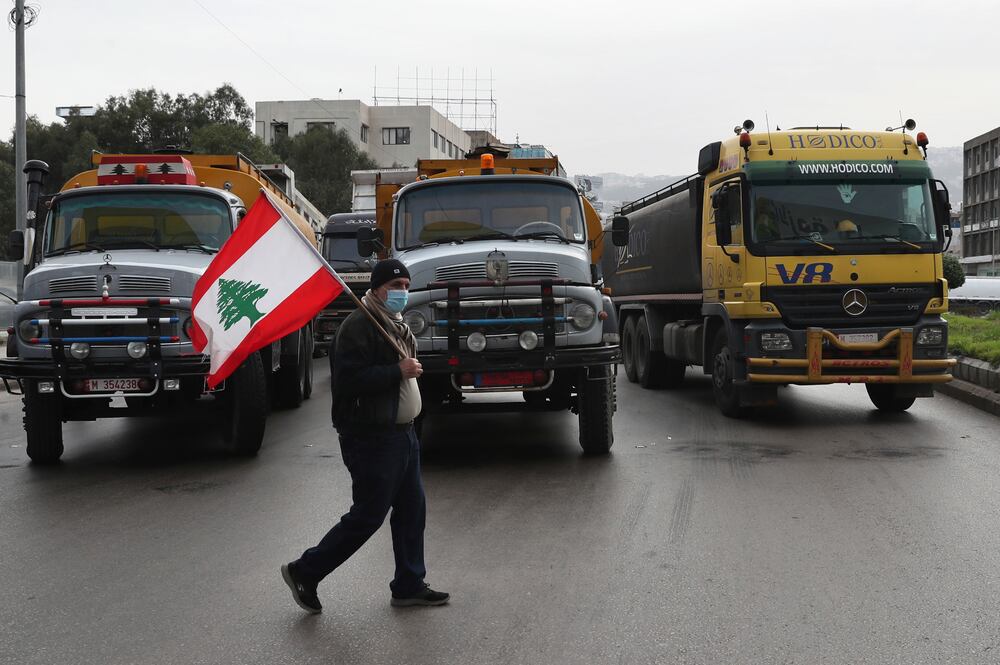Experts sceptical about Lebanon’s attempt to adjust VAT and customs amid currency collapse
Experts sceptical about Lebanon’s attempt to adjust VAT and customs amid currency collapse
May 5, 2023
Lebanon’s complex system of several exchange rates for different types of transactions can be bewildering for those unfamiliar with it.
The recent decision by the government to introduce three different exchange rates for VAT and reportedly a new one for customs is unlikely to alleviate the confusion faced by businesses and those trying to keep up with the ever-changing rate.
Since December, the country has multiplied by four the rate at which it calculates customs duties for all imported goods, which the country pays for in dollars. It has jumped from 15,000 to 60,000 Lebanese pounds to the dollar.
Reports indicate that customs taxes are set to soar to 86,500 in this month, aligning with the Sayrafa rate, the central bank’s exchange rate platform.
The move is expected to further escalate prices in a nation heavily dependent on imports for 80 per cent of its consumption.
The measure is aimed at bolstering revenue for the government as it collects fees and taxes in the significantly devalued local currency, which has undergone a 98 per cent depreciation since the onset of the crisis, currently hovering at around 100,000 against the US dollar.
“The fiscal situation has become unsustainable: we collect at the official rate but we spend at the parallel one,” caretaker minister of finance Youssef Khalil previously told The National.
Three new VAT rates
At the end of last month, Lebanon’s caretaker government also drastically increased the exchange rate for calculating VAT on invoices issued in foreign currencies.
According to a cabinet resolution published in the Official Gazette last week, there are now three distinct, yet loosely aligned, exchange rates for calculating VAT at various stages of the supply chain.
One rate is applied to imports (in alignment with the custom dollar rate), another is for invoicing between companies (aligned with the Sayrafa platform rate), and a third is for invoicing to end consumers (aligned with the parallel market rate).
But contrary to widespread reports, the measure is not expected to have a significant impact on prices because the total VAT amount — 11 per cent of the invoiced amount in Lebanon — is ultimately borne by the end consumer.
“Retailers were already applying the parallel market rate for VAT on their invoices to consumers for most products,” said the treasurer of the Lebanese Business Leaders Association, Nadim Daher.
The move is an attempt by the government to improve VAT collection and streamline its distribution throughout the supply chain.
The application of significantly diverse rates for importers, wholesalers and retailers had previously created discrepancies and loopholes which led to abuses and posed challenges in collecting revenue for the state coffers.
“Retailers were very often not paying the VAT collected from end consumers to the government to improve their cash flow and bet on the devaluation of the Lebanese lira to pay their VAT dues later at a lower cost,” Mr Daher said.




